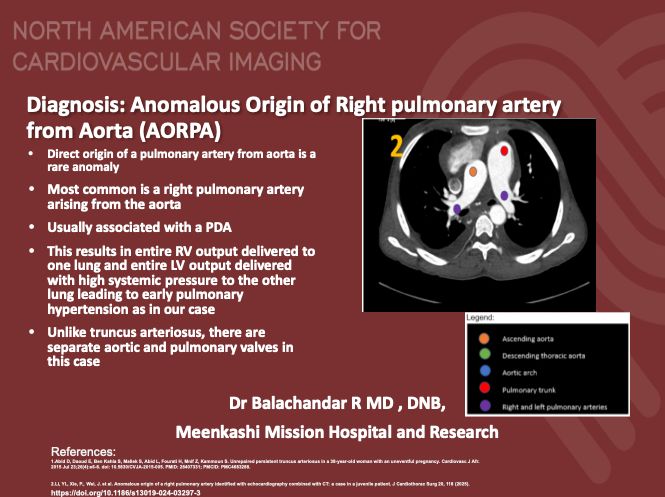
Carlotta Onnis
@carlottaonnis.bsky.social
7 followers
20 following
10 posts
MD | Italian Radiologist | Pediatric Radiology Fellow @emoryradiology.bsky.social | @RadiologyCTI ECEB member #InTrainingRCTI
Posts
Media
Videos
Starter Packs
Reposted by Carlotta Onnis
Reposted by Carlotta Onnis
Reposted by Carlotta Onnis
Reposted by Carlotta Onnis
Reposted by Carlotta Onnis
Reposted by Carlotta Onnis
Reposted by Carlotta Onnis
Reposted by Carlotta Onnis
Reposted by Carlotta Onnis
Reposted by Carlotta Onnis
Reposted by Carlotta Onnis
Reposted by Carlotta Onnis
Reposted by Carlotta Onnis
Reposted by Carlotta Onnis
Reposted by Carlotta Onnis




























